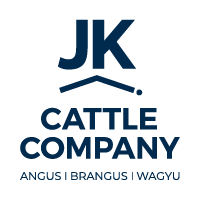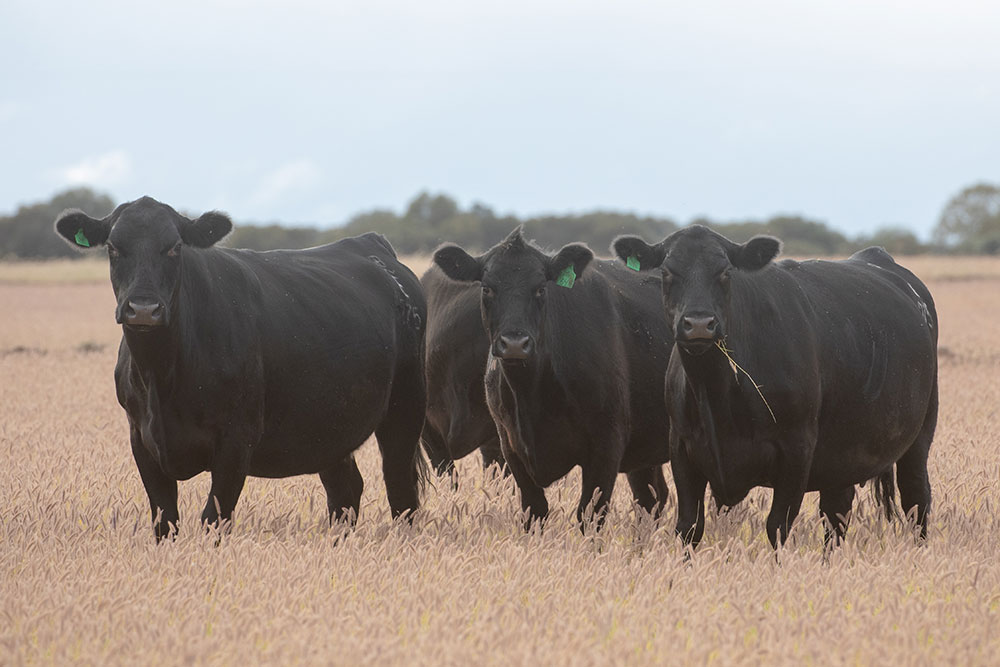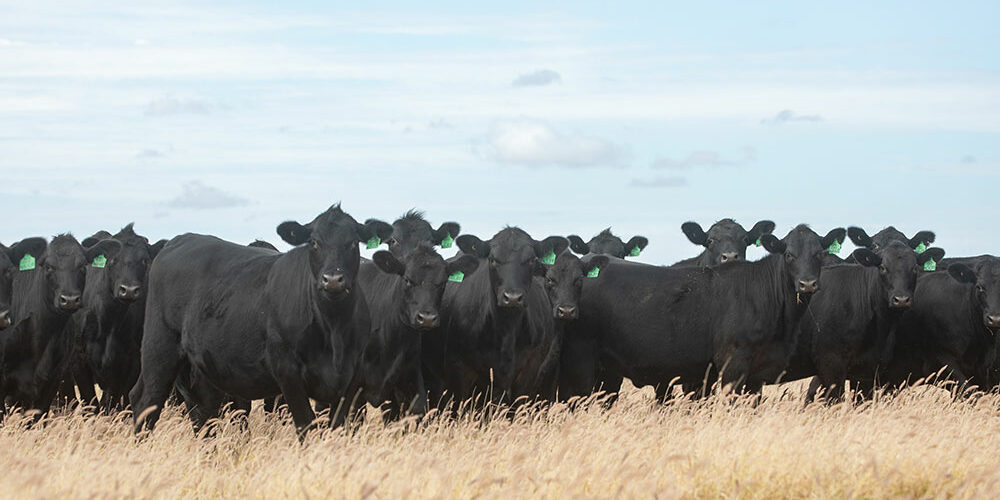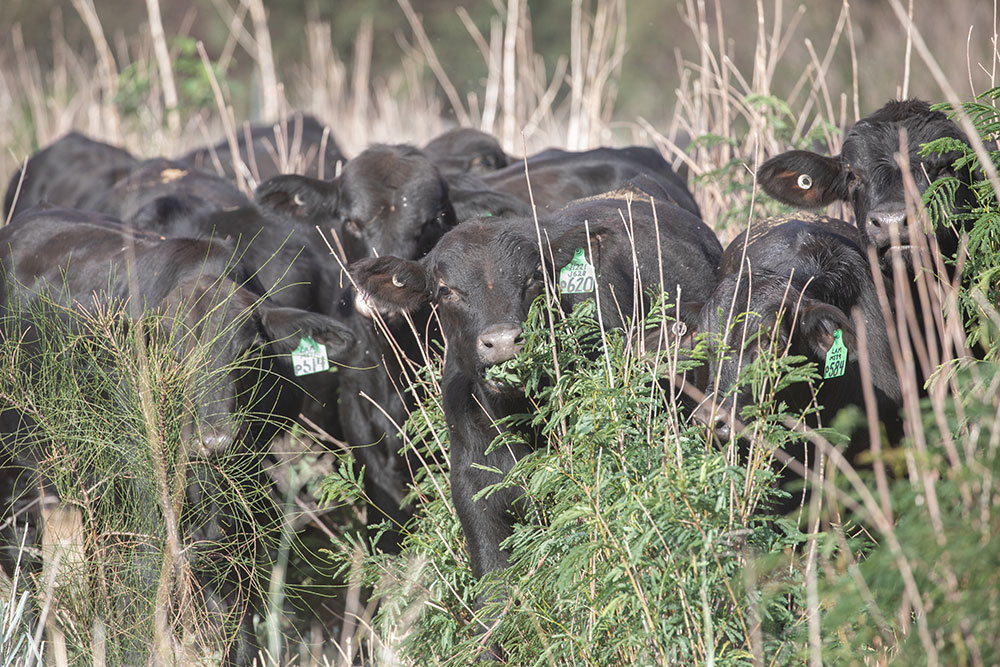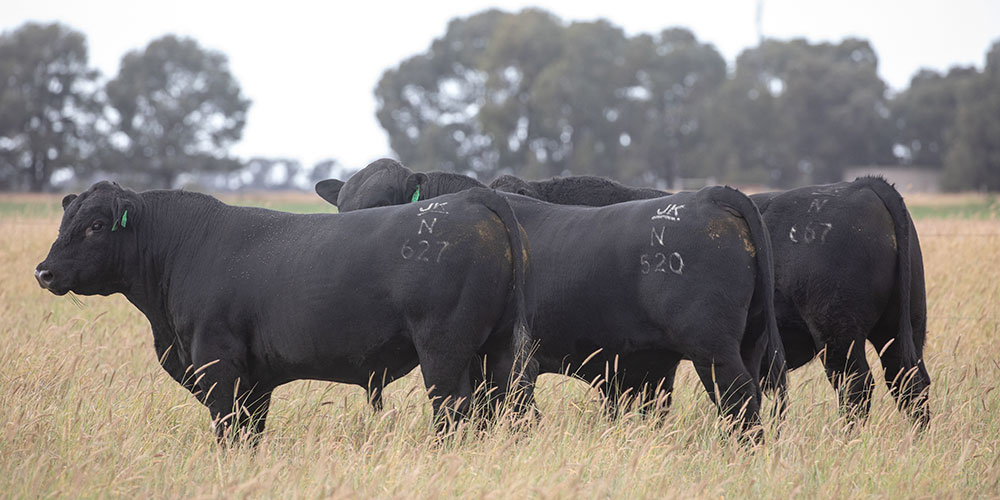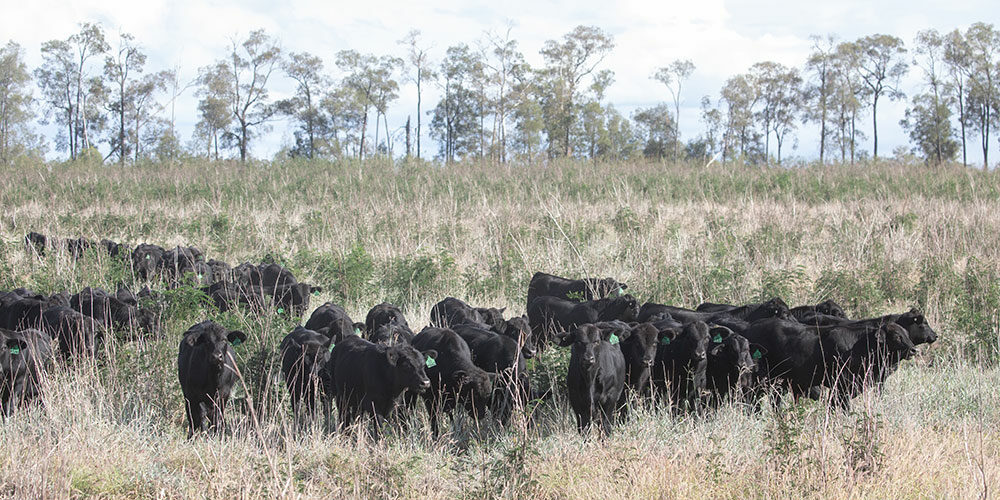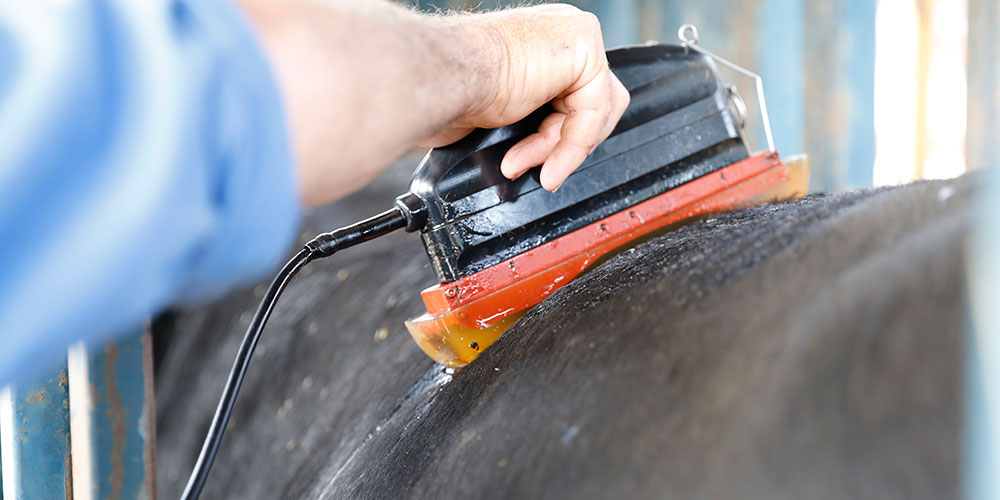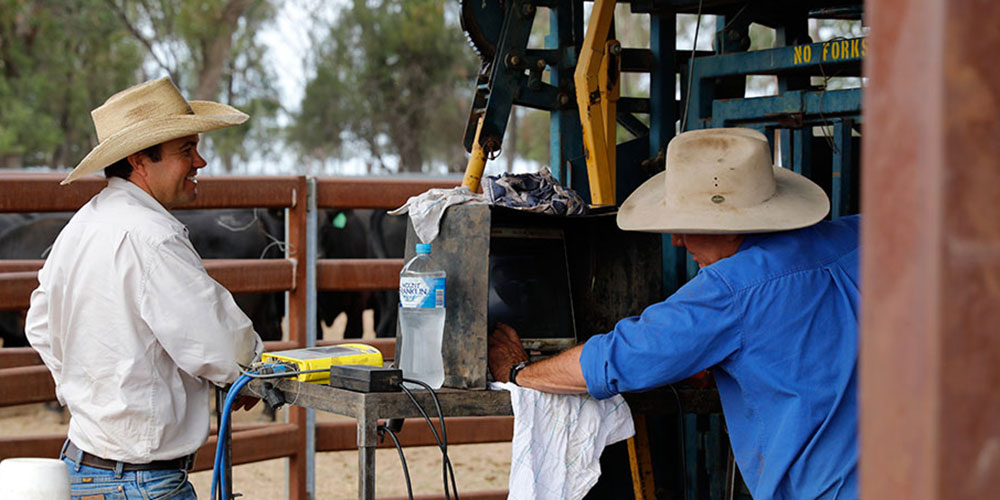Herd Management
Our herd management is based around commercial relevance, as our seedstock herd is run under the same management and conditions as our commercial herd.
Raising our cattle on grass is a big part of what we do, as we aim to match cow maintenance requirements with the environment we have. While there are genetic estimates available to measure fertility and maintenance requirements, we feel it’s important to run our cow herd under a commercially relevant environment to select the cows that really do perform.
For a breeding enterprise, around 70% of the nutrition available is needed for cows, so this highlights again how important the breeding program is when selecting bulls to ensure the daughters of these bulls are functional and fertile.
All replacement heifers are yearling mated for 60 days and cows for 75-90 days, with average calving interval data provided on all bulls we sell. Once the heifers have had their first calf they are then managed with the mature cow herd and must re-conceive in the same time frame as the cows.
It can be really easy to focus on the production traits like growth and milk, but we believe that the fundamental profitability drivers in a breeding enterprise are short calving intervals with little to no additional inputs. Our calves are generally weaned around April, at 6-7 months of age and we like to see cow weaning efficiency across all calves around 47-50%.
Weaned heifers are grown to a joining weight of around 300-320kg, and once pregnant they are then grown to reach a calving weight of around 400-450kg. This calving weight is about 75% of their mature weight. If we manage our pasture well, the heifers will reach these targets off grass alone.
The weaned bull calves continue to grow on our best grasses and generally go onto winter crop between mid-June, through to the end of September or early October. Usually by mid-November the Leucaena paddocks are ready to graze through until the first frost. This production system for our bulls has been fantastic to ensure they are well grown but not over fed, and can easily adapt to their new breeding environments to graze and browse what nutrition is available. These Angus and Brangus bulls are available for sale from around 14 months of age.
Genetic Selection
We believe that the biggest gains for reducing costs of production in a commercial breeding herd begins with the herd management. Looking after the grasses, short joining periods, semen testing bulls and general herd health and husbandry to maximise genetic expression.
To gain greater efficiency, having clear genetic selection criteria is next in line as it is pretty hard to manage without measurement. Particularly if you want to successfully incorporate yearling mating and short joining periods, as it can be a rude shock economically if genetic selection doesn’t align with herd management principles.
We have Breedplan recorded our herd from day one, and for our herd we strive for balance. For fertility, scrotal size measured at 400 days is a good indicator of age of puberty. Depending on environment and nutrition, elements such as frame size, mature cow weight, milk and fat will all play a part in influencing conception rates and weaning weights. Many producers define this as constitution or doing ability. More often than not, our cows with very good average calving intervals (ACI) are also very good for constitution.
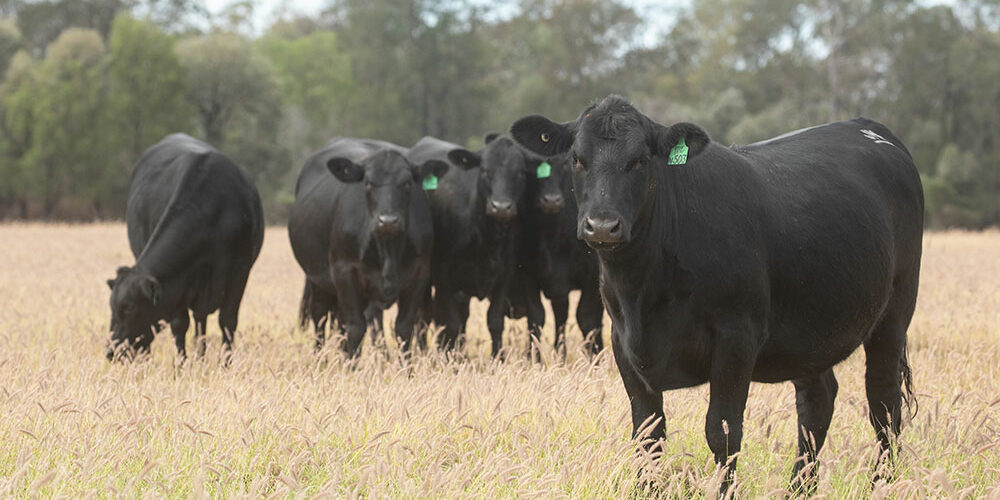
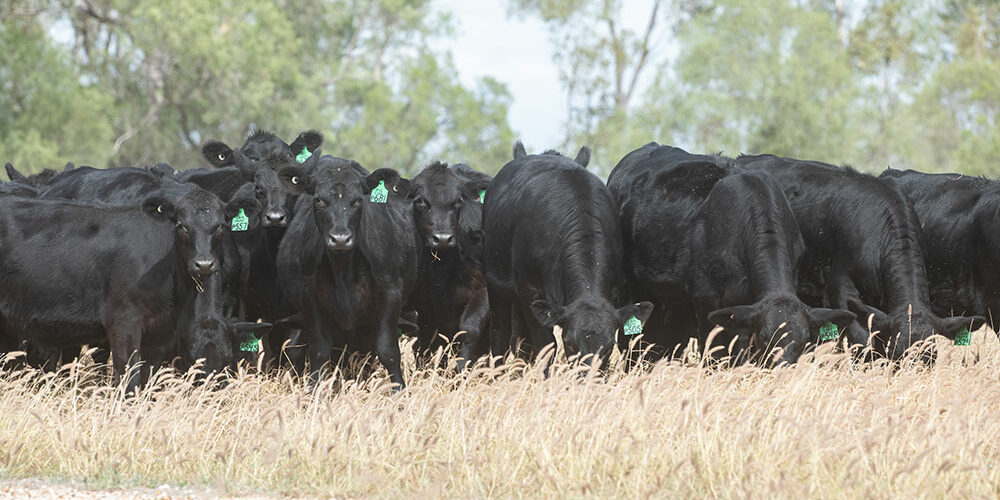

For calving ease traits we like to see moderate birth weights, and the same for gestation length. Continually selecting for extremely negative gestation length may increase the risk of premature births and potentially decreased immunity if calves do not go close to full term.
For growth, we prefer to have fast growth for the initial 600 days, but there are times when a breeder may want to lift frame size, so we do offer a range of maturity patterns. Genetic growth selection will be highly dependent on environment and available nutrition. We feel EBV breed averages for growth in Angus and Brangus are quite acceptable. Looking after the calf in-utero and a good plane of nutrition leading up to the point of sale goes a long way in maximising genetic expression.
The ability to objectively measure carcase traits has been fantastic for the whole of the supply chain, even though most commercial producers aren't paid directly for these traits. That said, genomic testing is improving all the time, particularly for Angus, due to the high volumes of data submitted to Breedplan to validate the genomic markers identified. There are a number of beef brands and all of them want to lift carcase value. There will come a time when commercial producers will be able to genomic test their steers to prove to prospective buyers their genetic ability – in particular those beef brands with a long-fed feedlot component. For our herd we are aiming to incorporate as much marbling as we can.
We collect DNA samples for our Angus and Brangus cattle, however only Angus currently has the ability to incorporate the genomic data into EBVs. This ability has improved accuracy of the EBVs and in particular of the younger bulls that we sell.
Having objective measurement through Breedplan EBVs and genomics has certainly enabled the beef industry to further streamline inefficiencies and hit the sweet spot to match cow maintenance requirements to the environment and nutrition available. But visual appraisal still plays a big role for structural correctness, maturity pattern, muscularity, softness and temperament, so by combining visual appraisal with objective measurement and a commercially relevant herd management program, we feel our bulls are well equipped to deliver.

